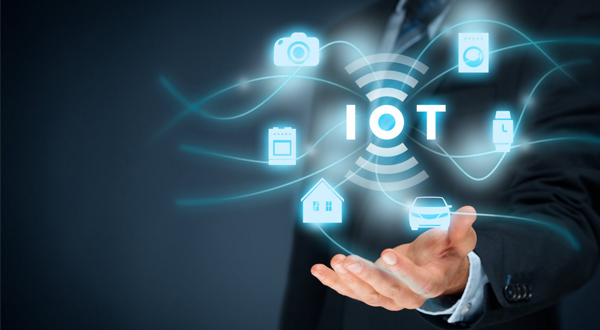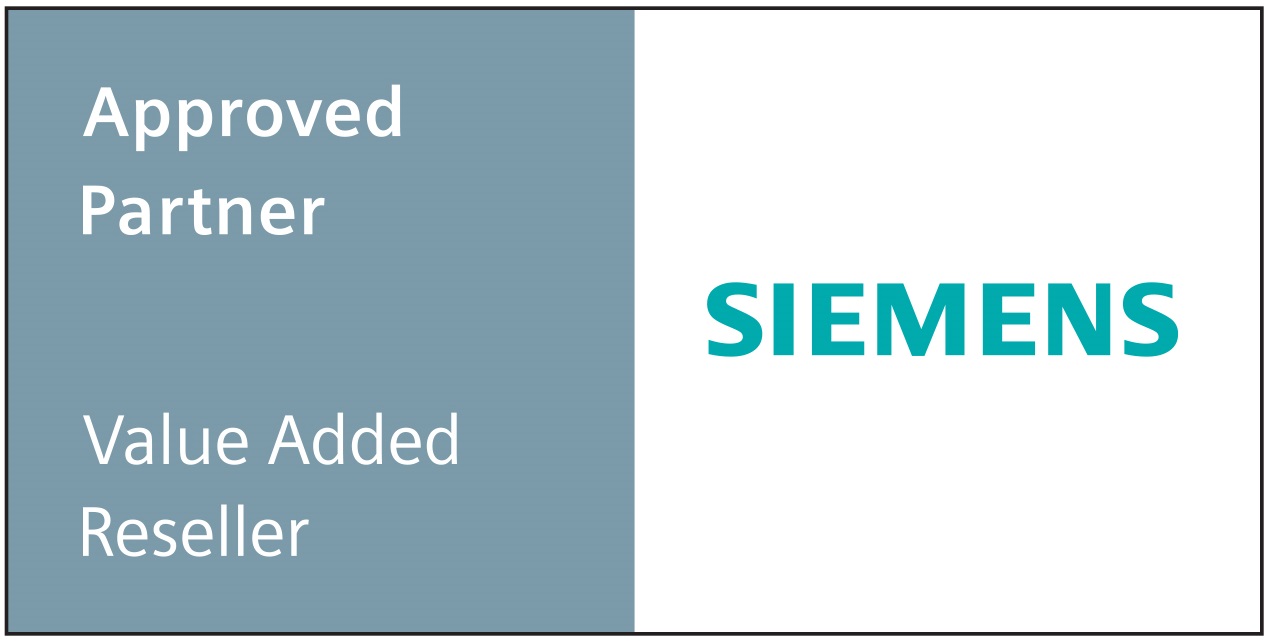
The first “thing” on the Internet was created in 1982: a soda machine at Carnegie Mellon University in Pittsburgh, Pennsylvania, that reported on the number and the temperature of the drinks it contained. It was unique back then, but by some point in 2008 or 2009, the number of things connected to the Internet came to exceed the world’s human population for the first time in history. Since then, the “Internet of Things” (IoT) has experienced a rapid expansion. According to predictions, the number of “things” will exceed 30 billion in 2020 and 75 billion in 2025, worth an estimated $1.6 trillion.
Data is valuable
There’s a good reason why more and more devices are being connected to the Internet: Data is valuable. Value is created as soon as the information is used to trigger an action such as placing a maintenance order, jamming the brakes, or closing the valve. Several examples show how value is created by the IoT:
1. PRODUCT IMPROVEMENTS: In the food industry, monitoring of food processing temperatures, as well as the age and chemical make-up of raw material, increases the quality, safety, and shelf-life of products.
2. MAINTENANCE EFFICIENCY: Unplanned down time in factories or in transportation systems is not only an efficiency killer; it is expensive and dangerous. By detecting sub-optimal asset functioning (factory equipment, for example), maintenance can be performed before the equipment fails.
3. WASTE REDUCTION: Real-time information about resource consumption, be it electricity moving through a smart grid, gas flowing through pipes or material required in a factory, makes it possible to apply resources as needed as well as identify leaks, thus reducing or eliminating waste.
4. OPTIMIZED PRODUCTION: The IoT also plays a key role in the future of manufacturing. Industry 4.0 is creating a new paradigm for production halls. By networking of all parts of the supply and production chains, production can be optimized and instantly adapted to new requirements including the production of customized products (batch size one) at competitive prices.
5. DISRUPTIVE BUSINESS MODELS: Changing the way business is conducted in industries, e.g. “Pay per Use” or “As a Service” business models instead of selling the machines.
IoT feeds the Digital Twins
An integral part of the “Industrial IoT” concept is that its components are enhanced by “Digital Twins” in the virtual world. The Digital Twin is a virtual representation of functionalities and data associated with a device or technical system. It covers the full lifecycle of the product: For the design and engineering phase, it may contain physical properties of the device, CAD drawings, and functionality descriptions. For production planning, it contains for example the assembly instructions. In production execution, it starts to collect information about the circumstances of production of the actual product like its quality. During operation and maintenance, all relevant events like critical sensor readings, faults, and service events are recorded. It is the role of IoT to collect the data from production and operation and feed it into the digital twins to keep the virtual representations up to date.
5G as the driver
The Internet of Things is expected to receive a tremendous boost from the next-generation mobile network. One benefit of 5G is that sensors can be connected to the Internet inexpensively, without consuming a lot of energy and with short response times – which makes it extremely valuable for industry and self-driving cars, for example. Until now, devices have usually been connected by cables or established radio standards like WiFi, Bluetooth, or ZigBee.
The Internet of Things (IoT) is changing the way we live. Having become ubiquitous in the consumer economy, IoT is now emerging as a force in all industries. This is no coincidence. The Internet of Things creates measurable value for private and public organizations alike.
Source:
https://new.siemens.com/global/en/company/stories/research-technologies/digitaltwin/iot-story.html
Christian Buck, Chris Winkler
January 2020


